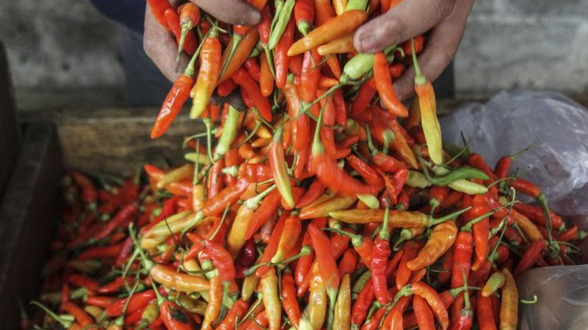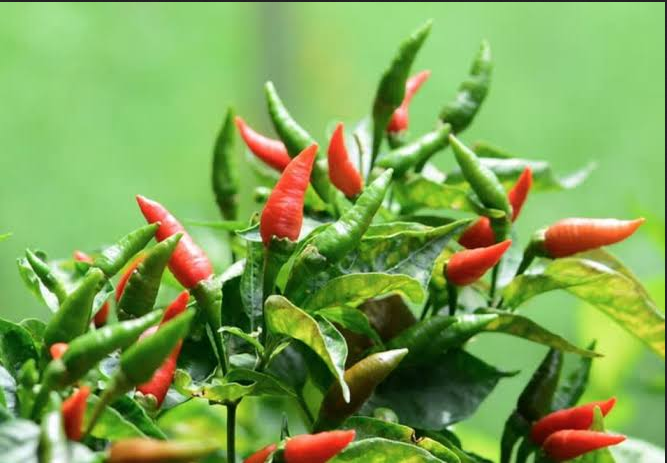
Source
Cayenne pepper planting is not that difficult to do. In fact, cayenne pepper is ideally suited for planting in tropical regions like Indonesia. Planting cayenne pepper can certainly be advantageous in of of itself, especially considering how many Indonesians enjoy using it in their diet.
Indonesian cayenne pepper cultivation is quite diversified. Comparatively less risk is involved in growing cayenne peppers than huge chili. This plant can withstand insect attacks better. Cayenne pepper can, however, be attacked by the same pests that harm huge chilies.
Cayenne pepper is simple to use at home. You must adhere to a few rules and give the plants the proper care in order for them to produce an abundance of outcomes. Land, seeds, and care should be taken until harvest.
Of course, before planting cayenne pepper, the ground must be ready and the climate must be changed. Opt for a sunny, well-drained location. A fertile, humus, and nutrient-rich soil is necessary.
You must gradually harden the soil before sowing cayenne pepper seeds. The cayenne seeds should then be dispersed outside so they can grow into cayenne peppers. The seeds become accustomed to the weather gradually, which reduces stress when you plant them. The seedlings should be planted in a protected area, such as the side of a building, when the daytime temperature reaches 25 degrees Celsius. Spend at least a few hours doing it each day for three to four days.
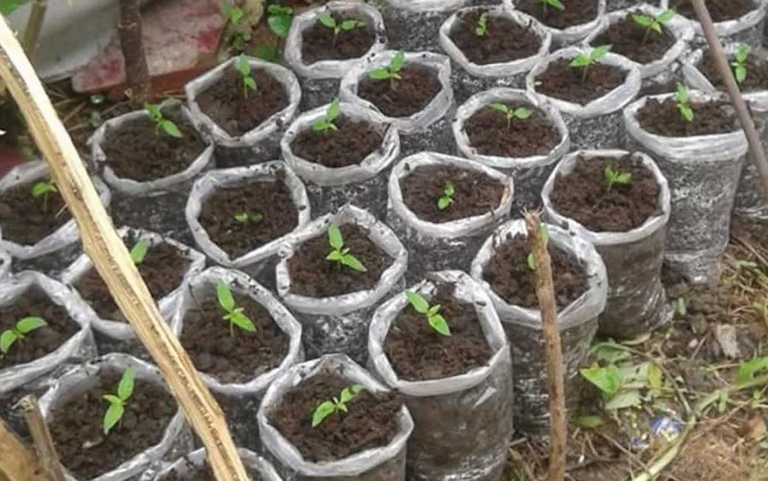
Source
Chili seeds can be used as the next method of planting cayenne pepper. Of course, you need high-quality chili seeds first. The selection of chili seeds is simple enough. Select freshly harvested chili seeds. Remove the seeds from the chile after peeling. then allow to dry in the sun.
Purchasing chili seeds from a store is an additional method of obtaining them. But it's preferable to generate your own seeds if you only want to grow a few chili plants. The majority of the chili seeds that are sold in supermarkets are huge and obviously pricey.
The seeding procedure is the following phase in the cayenne pepper planting process. As a seeding medium, use a tiny plastic bag. Add fertilizer and dirt. Mix until the polybag is full. Place the chili seeds in a plastic bag and give it a daily drink of water.
The steps for sowing chilies are as follows:
- Set up a seeding location. Polybags, for instance.
- Add dirt and manure in a 3:1 ratio.
- Keep it there for a week, out of the rain and the sun.
- For three hours, soak the seeds in warm water.
Place the seeds in the polybag after that. 1 centimeter of dirt should be piled on top of the seeds. - Watch for the seeds to start growing.
- Then the introduction of direct sunshine started.
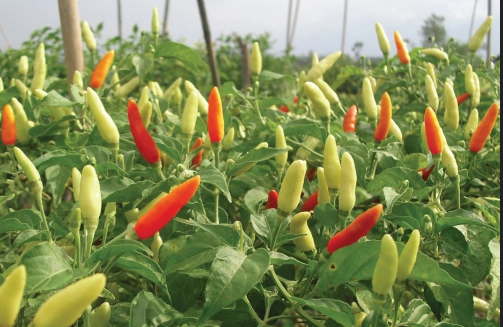
Source
The procedure for growing cayenne pepper comes next. Move the chili seedlings to the prepared land after four weeks of growth. Don't forget to fertilize and loosen the soil. To avoid damaging the roots, take caution when releasing the seeds from the polybag.
Use polybags with a minimum diameter of 30 cm if you still use them. Another option is to utilize a cleaned-up used bucket. For planting, mix the soil, fertilizer, and uncooked husks in a 3:2:1 ratio.
The following method of growing cayenne pepper involves fertilization. Be attentive when applying fertilizer during the planting season. Make the chilies more organic by using compost. The age range of cayenne pepper plants is one month, thus after applying fertilizer for the first time, you must add extra fertilizer. Additionally, follow-up fertilizer is regularly applied to each harvest.
Compost, organic fertilizer, or liquid fertilizer can all be used for fertilization. 100 cc of dissolved liquid fertilizer should be added per plant. Give 500–700 grams per plant if using compost. Use fertilizer with NPK and urea instead.

Source
Cayenne pepper planting requires, of course, careful consideration. Don't forget to daily water the chili plants. Only during the dry season is irrigation necessary. The cayenne pepper plants could perish if the environment is too dry. The beds can be watered by leaking or soaking. Every two weeks is enough to wet the bed.
Additionally, keep an eye out for any other plants that might be developing that might hinder the growth of the chilies. If so, unplug it frequently to allow the chillies to develop correctly.
Weeding is a further treatment that is required. Mulch is rarely used in cayenne pepper cultivation, therefore weeding must be done more thoroughly. Also, make an effort to weed-free the beds.
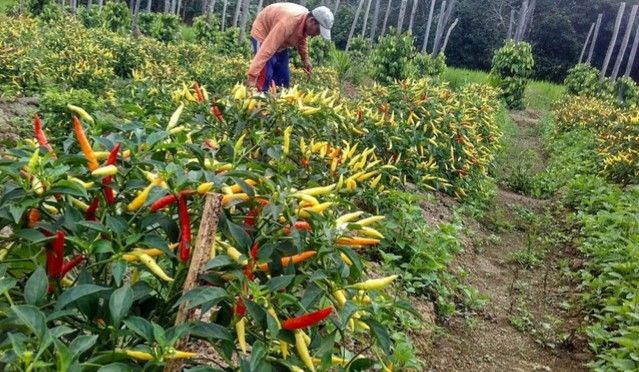
Source
when the peppers have reached their ideal size. The harvest can be done by you. Morning is the best time to harvest. Picking the fruit and stem together will accomplish this. A thin, firmly packed cayenne pepper is what you want. Typically having a peppery flavor, this fruit is more expensive than larger, hollow fruits.
Usually, 2.5 to 3 months after the seeds are planted, the cayenne pepper plant has begun to bear fruit and is ready for harvest. The harvest season may run up to six months.
Cayenne pepper plants can live for up to 24 months. During this harvest season, harvesting may occur 15–18 times each day. However, a plant's productivity declines with age, therefore
